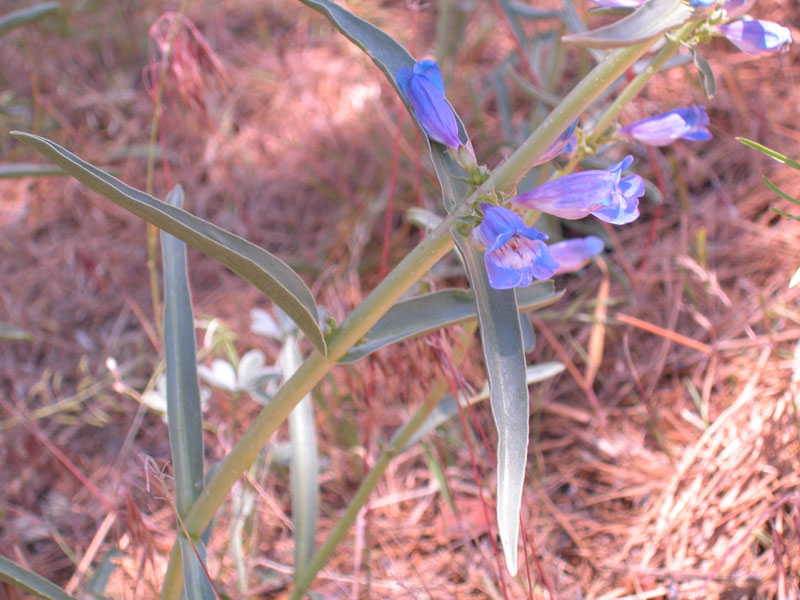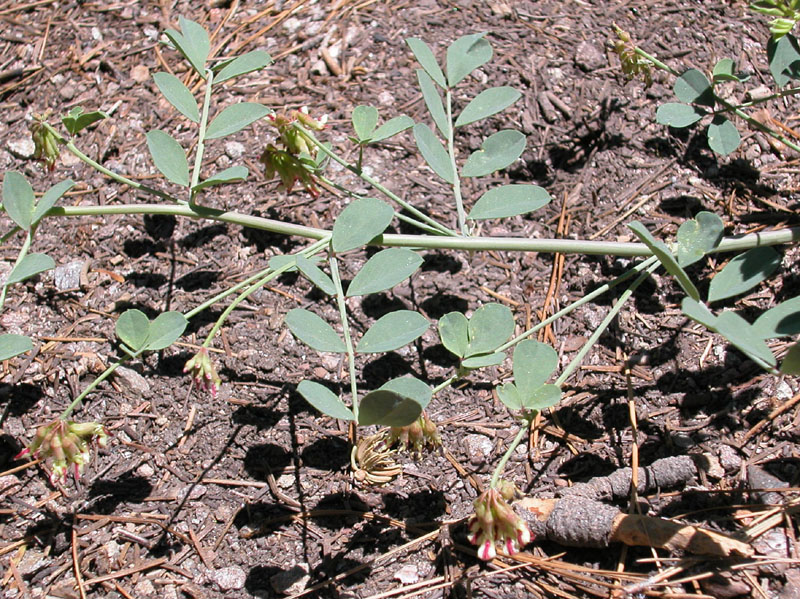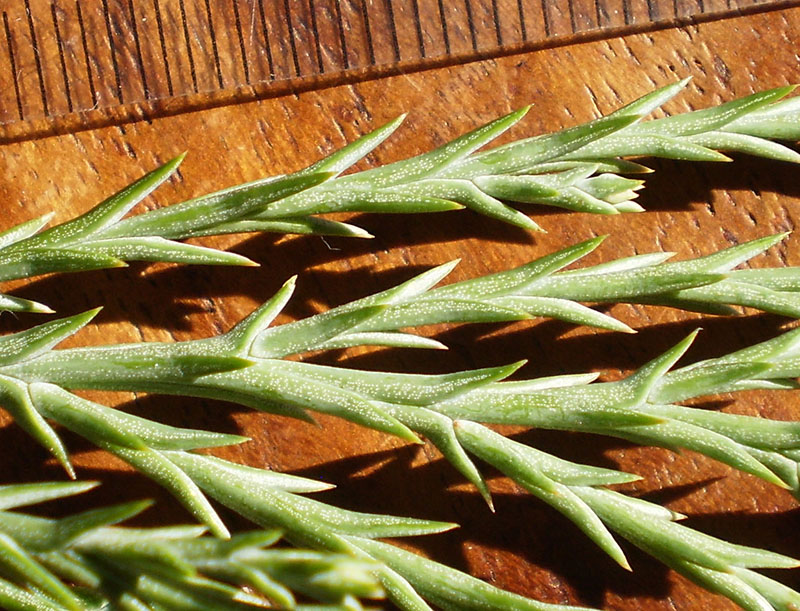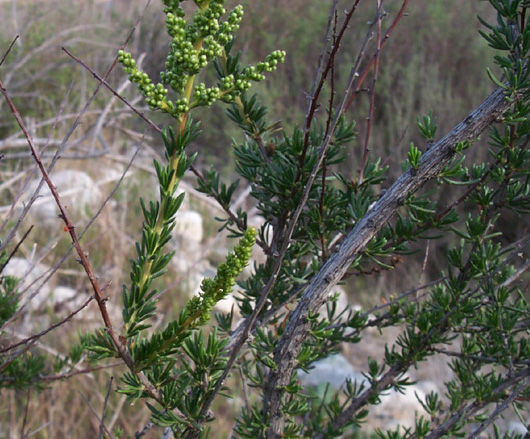 Basic parts of the leaf include the blade (the flat, expanded portion), the petiole (the stalk of a leaf), and sometimes stipules, flanking the leaf where it meets the stem.
Basic parts of the leaf include the blade (the flat, expanded portion), the petiole (the stalk of a leaf), and sometimes stipules, flanking the leaf where it meets the stem.Leaves are identified by their shape and size, by the way in which the blade meets the stem and the petiole, and by their surface features.
 Basic parts of the leaf include the blade (the flat, expanded portion), the petiole (the stalk of a leaf), and sometimes stipules, flanking the leaf where it meets the stem.
Basic parts of the leaf include the blade (the flat, expanded portion), the petiole (the stalk of a leaf), and sometimes stipules, flanking the leaf where it meets the stem.
Petioles may be absent. In this case, the blade meets the stem, and the leaf is considered sessile.
If a petiole is present, it usually attaches to the edge of the blade, as in the first leaf shown here. Sometimes, however, the petiole joins the blade at right angles to the blade, and not at the edge. These leaves are called "peltate" leaves.
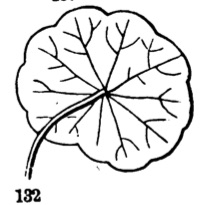
Simple leaves have one expanse of blade.
Compound leaves have many separate leaflets (separate bits of blade).
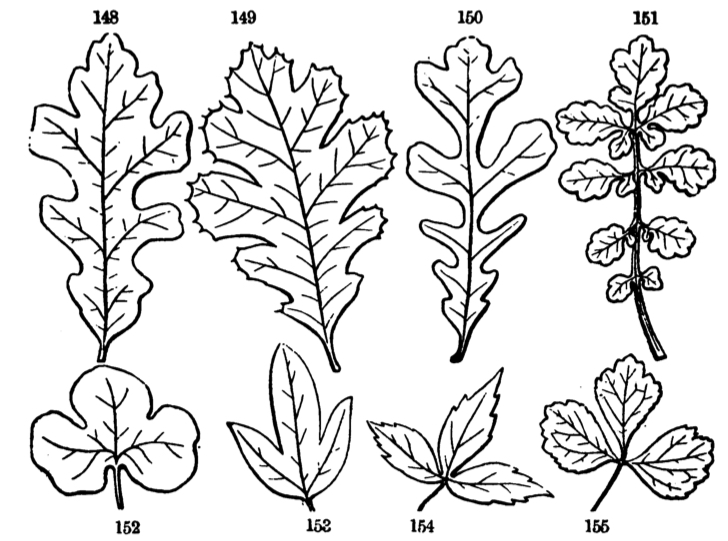
One way of determining whether you are looking at a lot of simple leaves or just a lot of leaflets in a compound leaf is to look for axillary buds. There are no axillary buds in the axils of leaflets; there are in the axils of leaves.
Patterns of leaf veins, leaf lobes, or arrangement of leaflets in a compound leaf (below) may be described as pinnate or palmate.
In a pinnate arrangement, there is a central axis with side branches.
In a palmate arrangement, there is no central axis, and all branches radiate from a central point.
The term "pinna" means feather, and the term "palm" means...palm.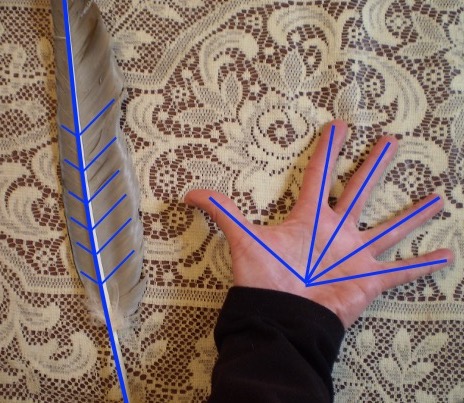
Leaf veins may be described as pinnate or palmate:
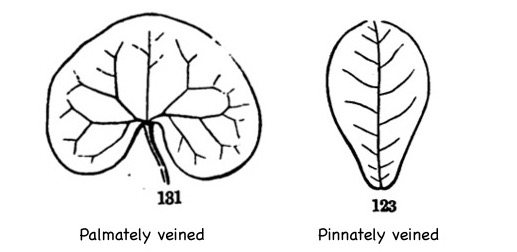
Note: Leaf veins may also be parallel. This is characteristic of monocots, like grasses, lilies, palms, and others.
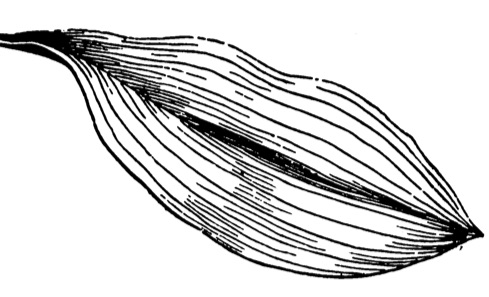
Leaf lobes may be described as pinnate or palmate:

Leaflet arrangement in compound leaves may be described as pinnate or palmate:
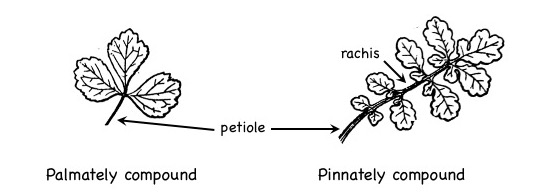
(Note: in pinnately compound leaves, the main axis of the leaf to which leaflets are attached is called the rachis.)
Pinnately compound leaves may be twice-pinnate, having two orders of branching that end in leaflets, or may be further divided. The leaf below is twice-pinnate or doubly-pinnate:

Check your understanding:
Different terms are used to describe the tip of the leaf, the base of the leaf, and the overall shape of the leaf.
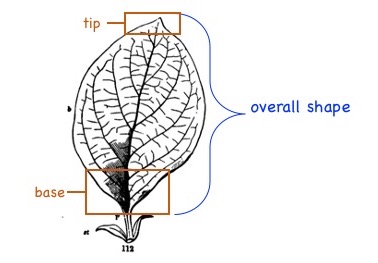
The tip of a leaf may take many forms. A leaf may end in an awn (a long needle-like structure); it may end in a tendril; it may be truncate (flat, straight across), etc. Commonly, however, leaf tips are:

Leaf base
The base of the leaf blade can have various shapes. The figure below shows several shapes. The most common descriptions you will encounter are:
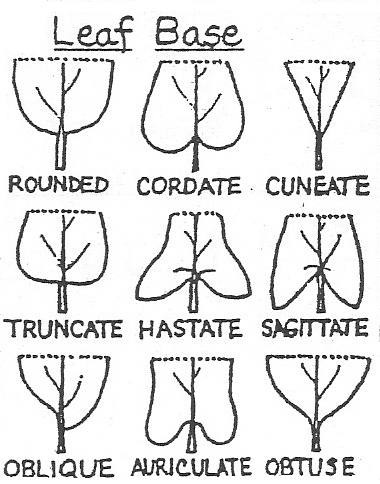
Leaf bases may also be clasping, with basal lobes hugging or wrapping around the stem.
Some leaf bases may be decurrent, with an extension of the blade running down the stem.
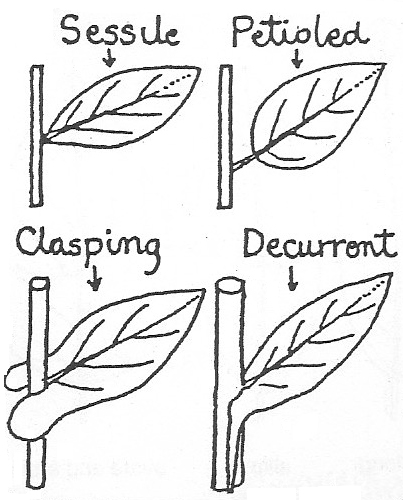
Very small leaves are often described as scale-like or awl-like. Scale-like leaves are small and blunt. Awl-like leaves tend to be a bit longer, narrower, and sharper.

Larger leaves have a variety of shapes. The image below shows five shapes:
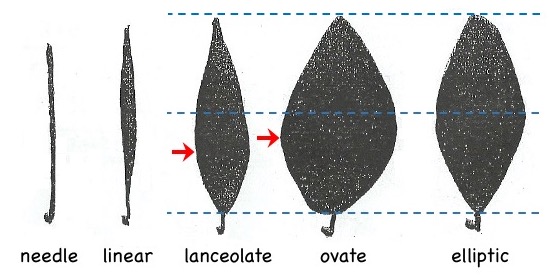
In some leaves, the widest part of the leaf is distal to the mid-point of the blade. In these cases, we just add "ob-" to the shape name. The figure below shows a lanceolate leaf and an oblanceolate leaf; an ovate leaf and an obovate leaf.

Some leaves have relatively parallel sides (no wide point). These are referred to as oblong.
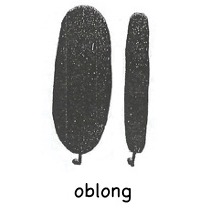
An ovate leaf with a cordate base looks somewhat similar, but deltate leaves have a more truncate base, and reniform leaves...look like a kidney, rather than a heart.

Check your understanding:
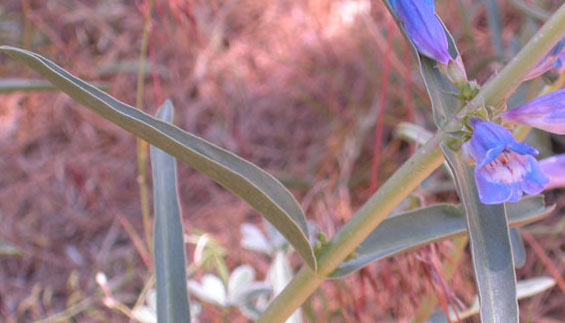
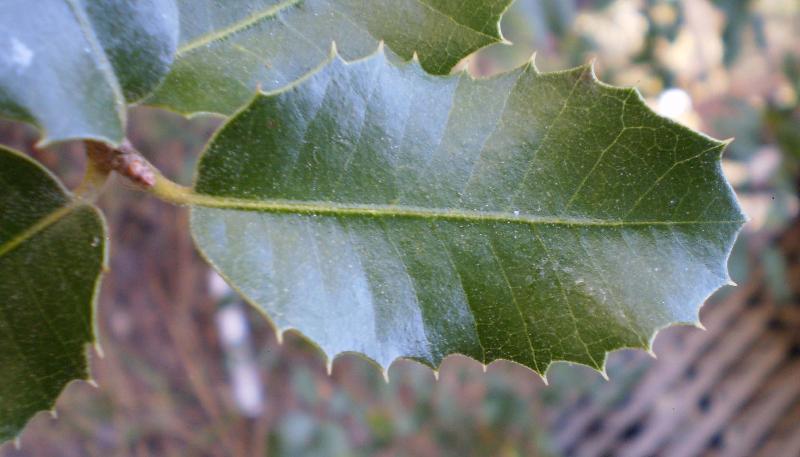

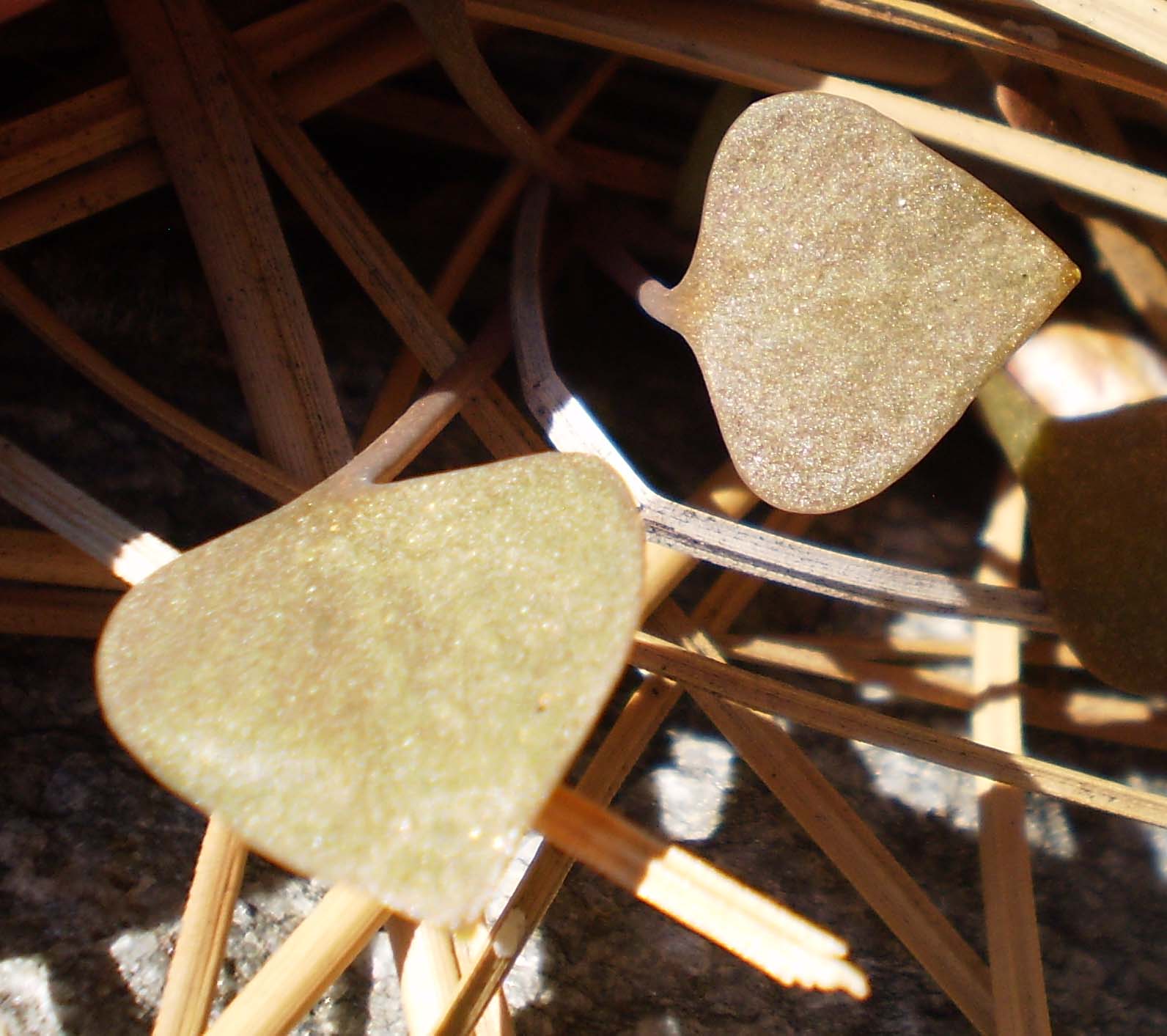



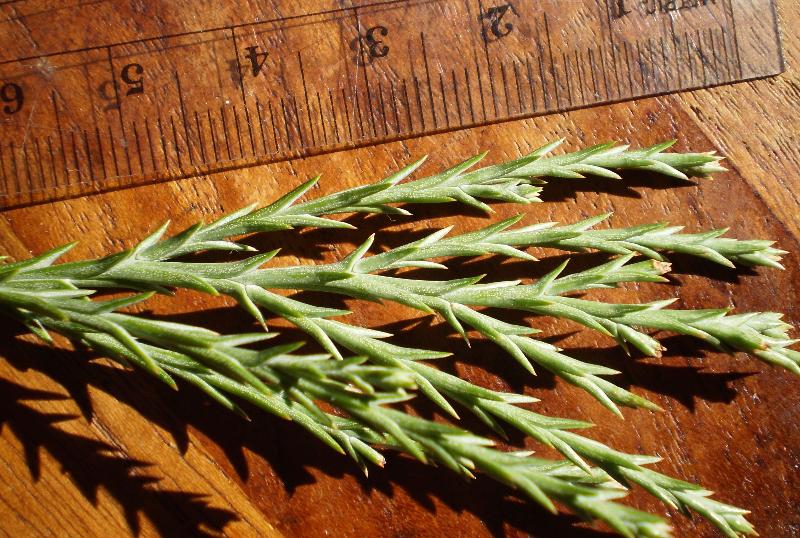
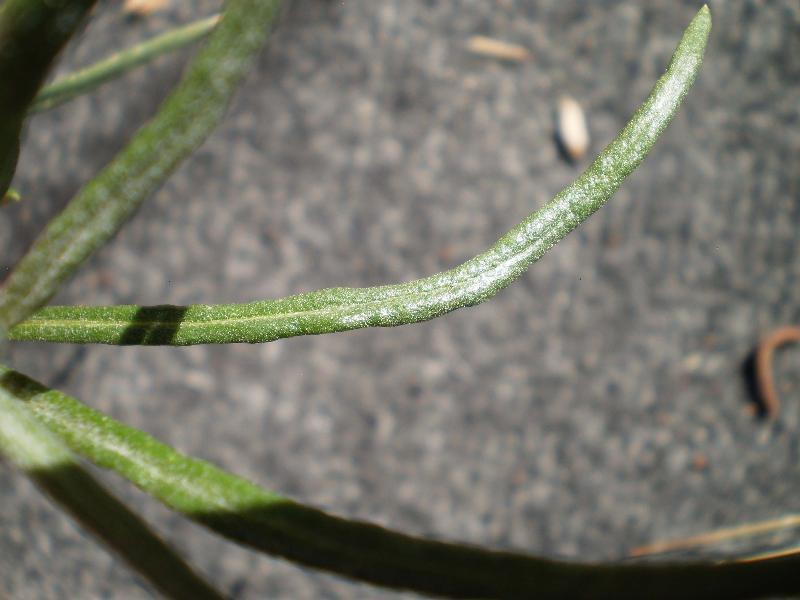
The leaf margin (or leaf edge) may be smooth or variously toothed or scalloped.
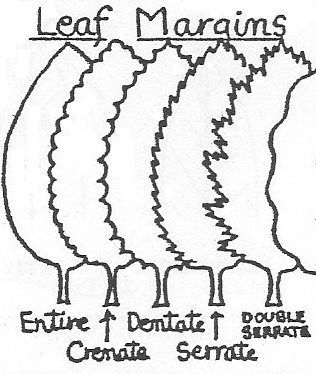
Leaf hairs may cover the surface of leaves (below), but if hairs are on the margin, rather than the surface, the leaf is called ciliate.
Leaf surfaces may have various types of hairs, bumps, or color and sheen.
Glabrous surfaces have no hairs.
Glaucus surfaces are glabrous, but the cuticle structure gives the surface a white, milky look.
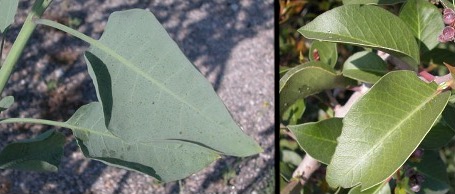
Hairy surfaces may be described in different ways, depending on the structure of the hairs.
Hairs may be simple (unbranched), branched or forked, or stellate (with many branches radiating from a central point).
Hairy surfaces may be described as...
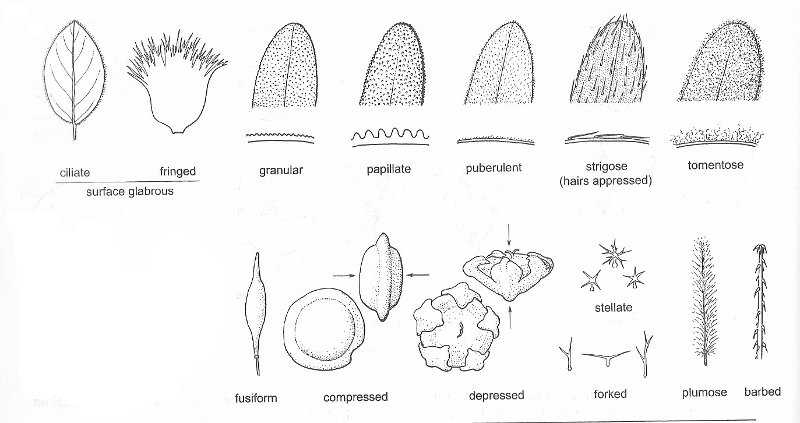
Some surfaces may have glandular hairs or sunken glands.
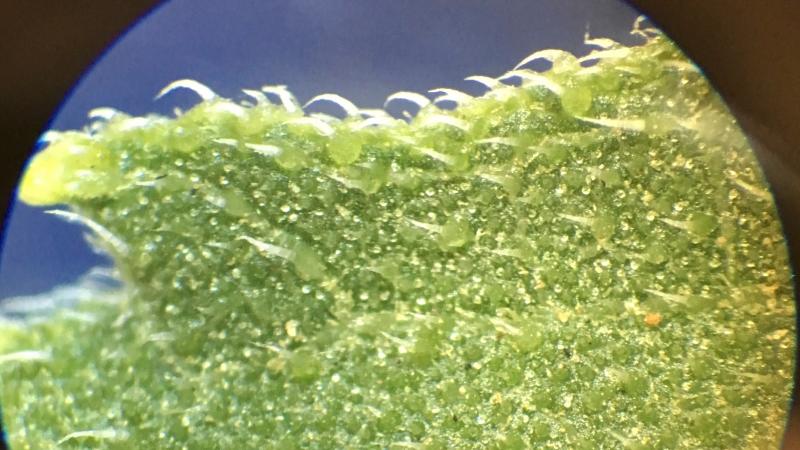
Check your understanding:
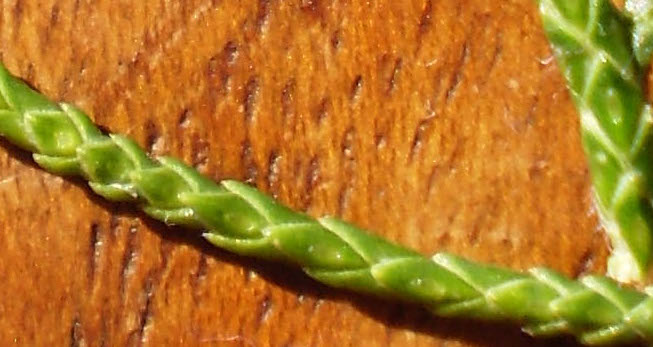

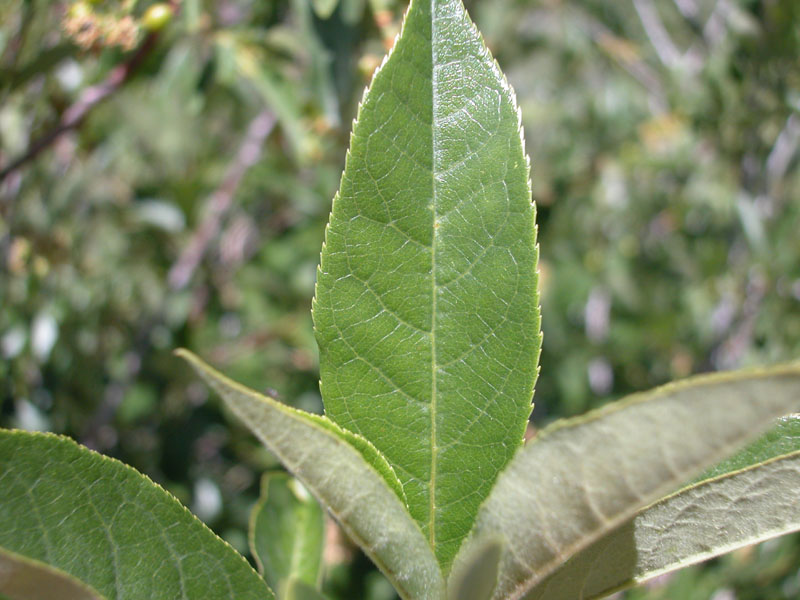
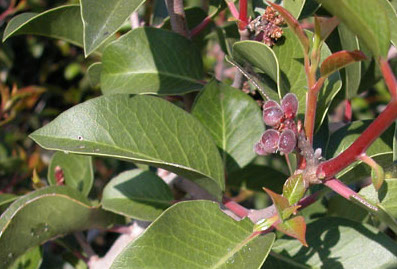
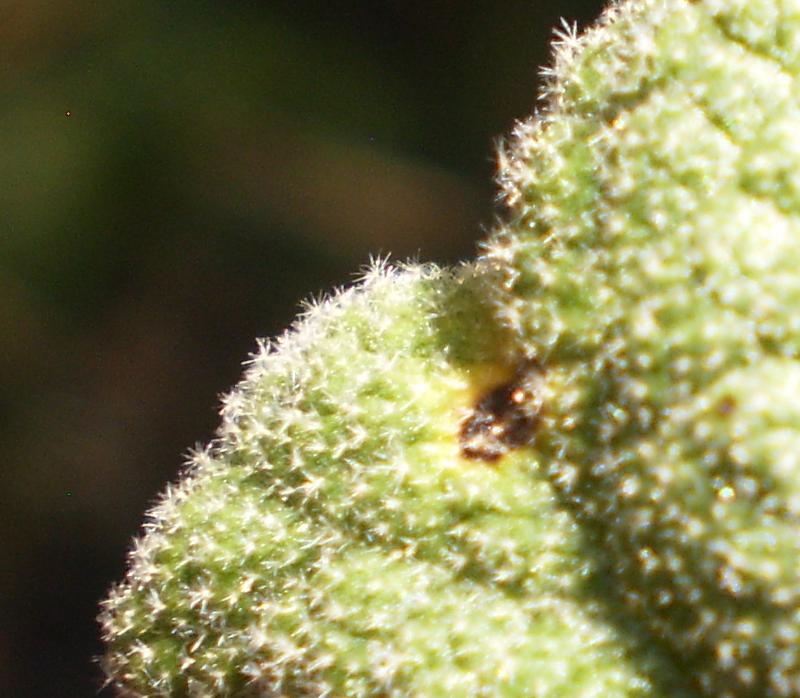

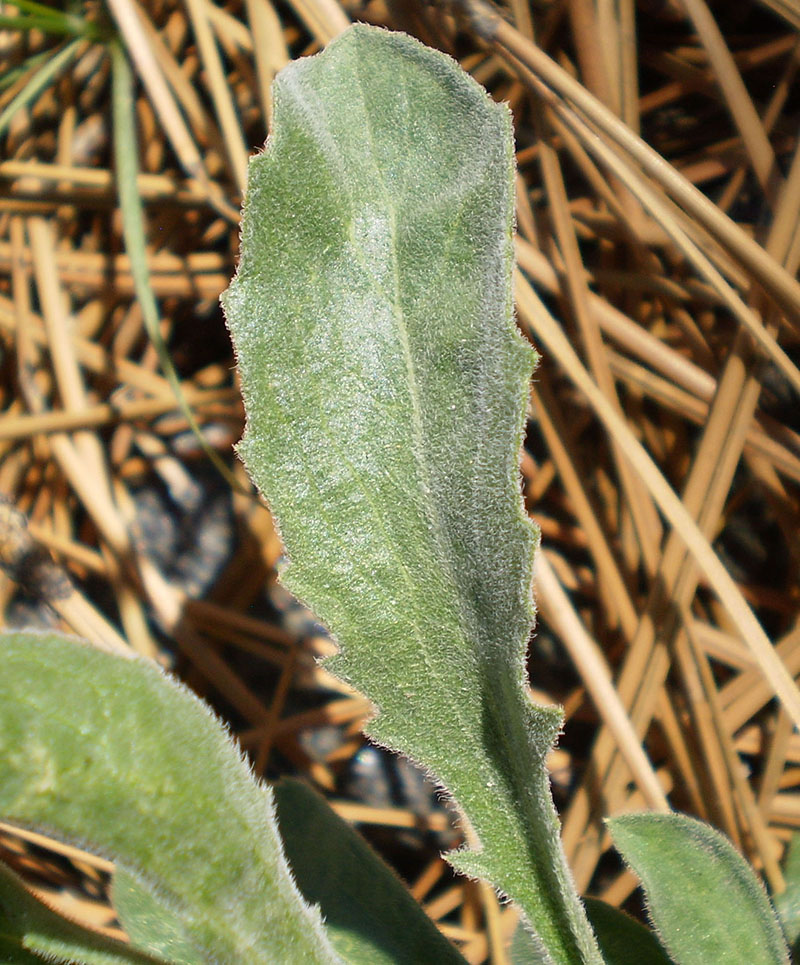
Leaves can be attached to stems in different arrangements.
Plants with only one leaf per node [insert tool tip] are said to have alternate leaves.
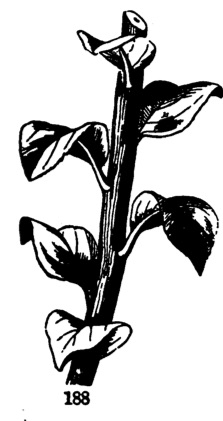
Plants with two leaves per node are said to have opposite leaves.
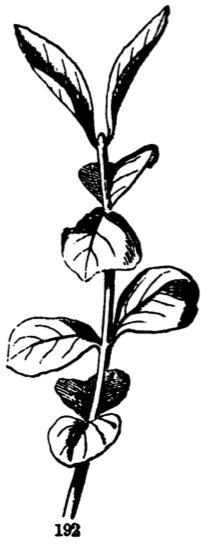
Plants with more than two leaves per node are said to have whorled leaves.
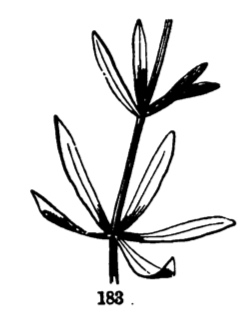
Lastly, some plants produce branches with such short internodes that the leaves look like a bundle of leaves in the axil of a leaf on the main stem. These bundles are called fascicles.
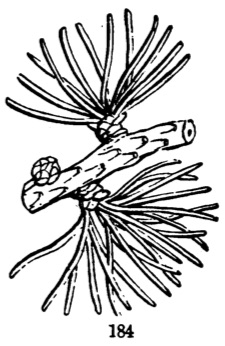
Check your understanding:
